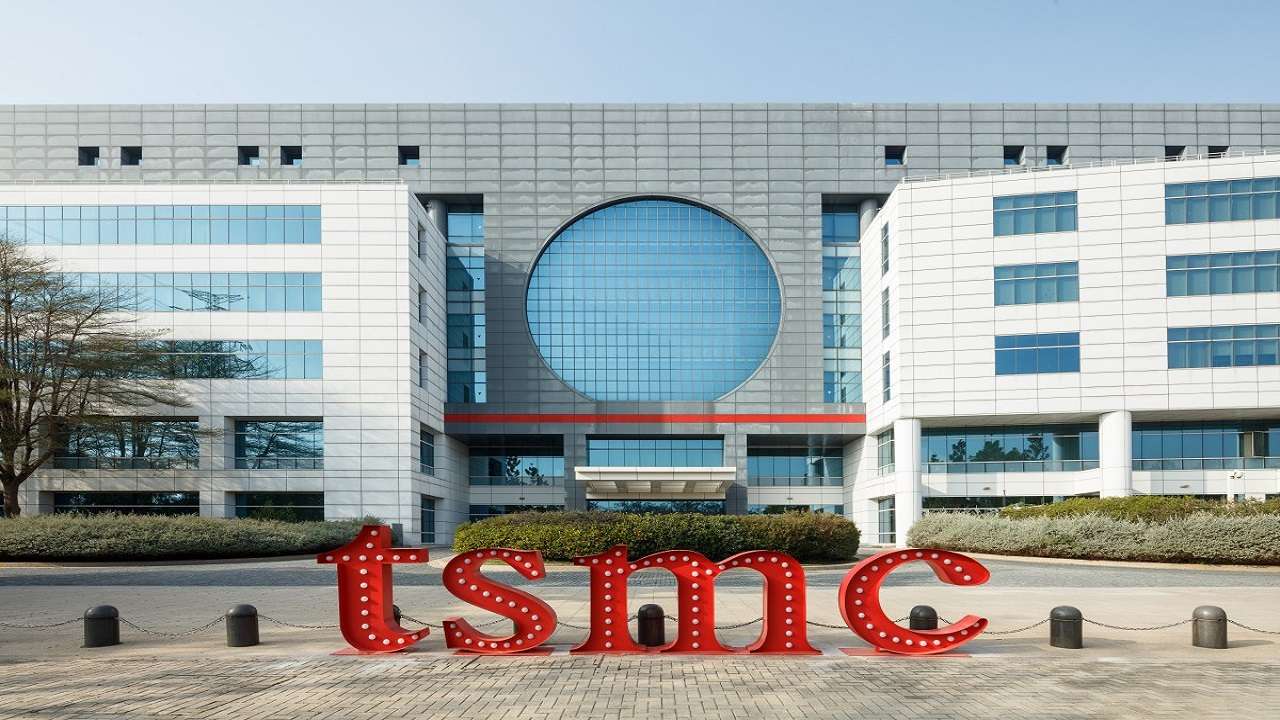Introduction to TSMC’s 2nm Chips: A Major Technological Milestone
Taiwan Semiconductor Manufacturing Company (TSMC) has reached a significant milestone in the world of semiconductor technology with the successful trial production of 2nm chips. As the world’s largest contract chipmaker, TSMC’s innovation is set to redefine the future of computing. This breakthrough is being hailed as a giant leap toward the next generation of semiconductors, promising advancements in performance, energy efficiency, and overall computing power.
The successful trial production of these 2nm chips, conducted at the company’s advanced Baoshan facility in Hsinchu County, Taiwan, demonstrates TSMC’s ability to continue its dominance in the semiconductor industry. With a yield rate of 60%, TSMC is now preparing for mass production, signaling that the 2nm process is nearly ready for prime time. In this article, we’ll explore the details of TSMC’s 2nm chips, their significance in the tech world, and what we can expect from this revolutionary technology in the coming years.
What Makes 2nm Chips Different?
The 2nm chip, or N2 node as it is referred to, is the next evolutionary step in semiconductor manufacturing. For comparison, today’s mainstream chips are primarily built using 5nm and 7nm technologies, which are already at the forefront of innovation. However, TSMC’s 2nm process promises far superior performance and energy efficiency, opening new possibilities for a wide range of applications, from smartphones to AI and autonomous systems.
The 2nm node allows for smaller, more powerful transistors, resulting in chips that consume less power while offering greater performance. This is particularly significant in an era where energy efficiency and processing speed are critical factors in the development of next-generation technologies, including AI, autonomous vehicles, and mobile devices.
Key Advantages of 2nm Chips
- Improved Performance: The 2nm process will allow chips to perform faster, handle more complex tasks, and improve overall device responsiveness.
- Increased Energy Efficiency: By shrinking the transistors even further, the 2nm chips consume less power, resulting in longer battery life for mobile devices and reduced energy usage for data centers.
- Smaller Size: With reduced transistor size, the physical size of chips can be minimized, enabling the development of more compact and efficient devices.
These advantages highlight why the 2nm chip is so highly anticipated by both manufacturers and consumers alike. With tech companies such as Apple and Nvidia set to adopt this technology, the impact of these chips will be far-reaching, especially in the realms of mobile devices and artificial intelligence.
TSMC’s 2nm Chips: The Game-Changer for Future Technologies
Apple and Nvidia Lead the Charge
Apple and Nvidia are expected to be the first companies to incorporate TSMC’s 2nm chips into their products. According to recent reports, Apple’s iPhone models, likely starting with the iPhone 18 Pro in 2026, will feature the 2nm chips. This delay, from earlier speculations regarding the iPhone 17 Pro, allows TSMC and its partners to refine the technology, improve the production process, and ensure that the chips are ready for mass adoption.
On the other hand, Nvidia, known for its leadership in graphics processing units (GPUs), will also leverage these advanced chips to power its next-generation AI systems and GPUs. These chips are poised to become essential for industries relying on high-performance computing and AI, particularly for AI models that require vast computational power.
The 2nm chips will allow these companies to create faster, more efficient devices. For instance, in mobile devices like smartphones, the reduction in power consumption will allow for better battery life, a critical factor for consumers. Additionally, AI-based applications will run more efficiently, providing consumers with faster processing speeds and enhanced device capabilities.
The Implications for Artificial Intelligence and Autonomous Systems
The shift to 2nm chips will have a profound impact on the development of artificial intelligence, autonomous vehicles, and other advanced systems. AI models require substantial computational resources to process large amounts of data, and the 2nm chips will provide the necessary power to handle these tasks with much more efficiency.
In autonomous vehicles, where real-time processing and high-performance computing are crucial, the energy-efficient and powerful 2nm chips will enable better decision-making and more reliable systems. Moreover, in AI systems, the chips will enhance machine learning models and optimize data processing, making AI solutions smarter and faster.
Cost of TSMC’s 2nm Chips: Are They Worth the Premium Price?
As expected, the 2nm chips come at a premium price. Industry insiders estimate that the cost of chips made on TSMC’s 2nm process will be double that of chips made using its 4nm or 5nm technologies. This higher cost is primarily due to the complexity of the manufacturing process and the advanced technology used in the production of these chips.
However, the increased cost is justified by the significant advantages these chips offer in terms of power efficiency, performance, and their ability to drive next-generation technologies. For manufacturers, investing in 2nm chips will be a worthwhile move, as they provide the processing power required to run sophisticated applications, while also offering savings in energy costs and longer battery life.
The Future of Semiconductor Innovation: What’s Next After 2nm?
TSMC’s progress with its 2nm chips marks a major milestone in the evolution of semiconductor technology, but this is not the end of the road. As chipmakers continue to push the boundaries of what’s possible, we can expect even smaller and more powerful chips in the future.
Currently, TSMC is already looking ahead to even smaller nodes, with plans for a 1.4nm process in the coming years. As this technology matures, we will see even more groundbreaking advancements in performance, efficiency, and power management, further enabling the development of new devices and systems.
FAQs about TSMC’s 2nm Chips
1. When will TSMC start mass production of its 2nm chips?
TSMC plans to begin mass production of its 2nm chips in 2025 at its Kaohsiung facility in Taiwan.
2. Which companies will be the first to use TSMC’s 2nm chips?
Apple and Nvidia are expected to be the first major adopters of TSMC’s 2nm chips, with Apple incorporating them in the iPhone 18 Pro around 2026.
3. How do 2nm chips differ from 4nm or 5nm chips?
2nm chips offer significantly improved performance, energy efficiency, and smaller transistor sizes compared to 4nm and 5nm chips, enabling faster processing and longer battery life.
4. Are 2nm chips more expensive than other chips?
Yes, the chips built on TSMC’s 2nm process are expected to cost twice as much as those on the 4nm and 5nm nodes due to the advanced technology used in their production.
5. How will 2nm chips impact AI and autonomous vehicles?
2nm chips will enhance the capabilities of AI models and autonomous systems by providing the necessary processing power with improved energy efficiency, enabling smarter and more efficient devices.
Conclusion: The Future of Technology Powered by TSMC’s 2nm Chips
TSMC’s 2nm chips represent a major leap forward in the semiconductor industry, offering significant improvements in performance and energy efficiency. These chips will not only power the next-generation smartphones and AI systems but also set the stage for future advancements in autonomous vehicles and high-performance computing.
As the company prepares for mass production and continued innovation, the future of semiconductor technology looks incredibly promising. With TSMC at the forefront of this revolution, we can expect to see even more groundbreaking developments in the years to come.
SEE ALSO:
https://flarenews.pk/2024/12/07/spacex-launches-starlinks-first-direct-to-cellphone-constellation/



